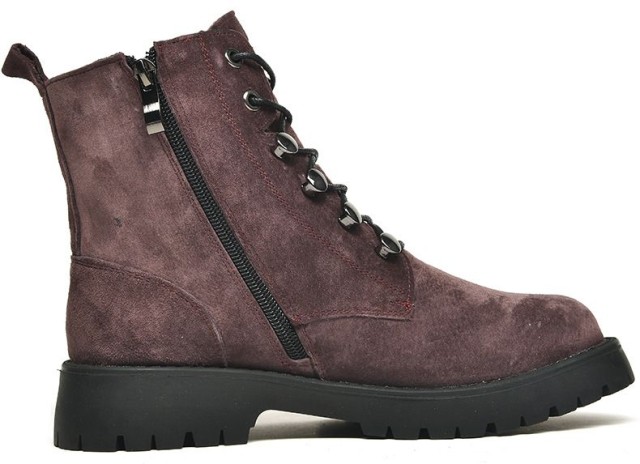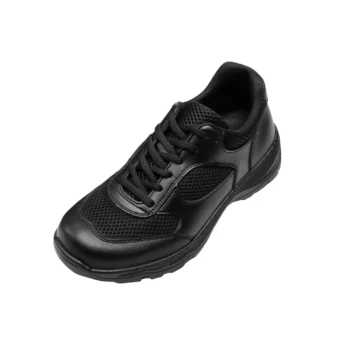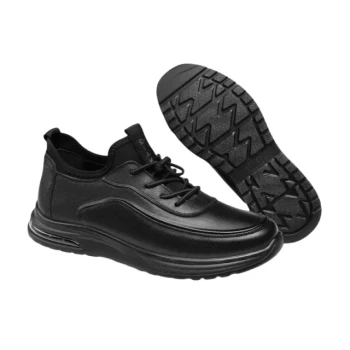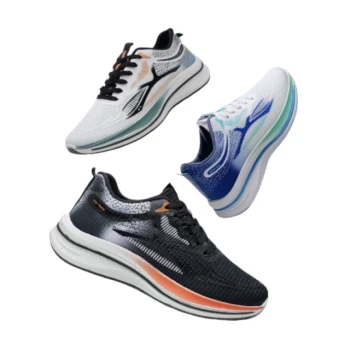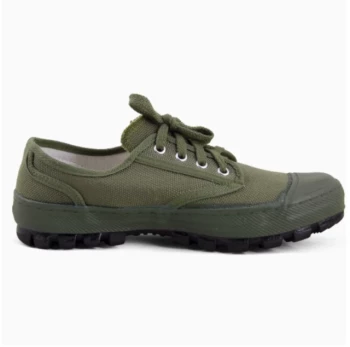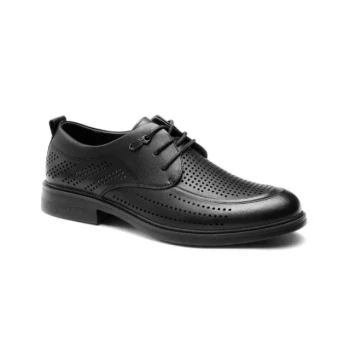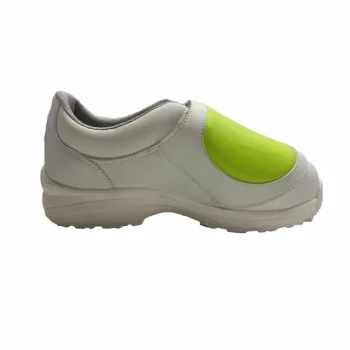For footwear that withstands daily wear while aging gracefully, few methods rival the Goodyear welt. This 150-year-old construction technique remains the benchmark for long-term durability in leather shoes and boots. But what engineering principles make it so resilient? Let's examine the anatomy, comparative advantages, and real-world longevity of Goodyear welted footwear.
Goodyear Welted Shoes: The Gold Standard in Footwear Longevity
Research shows welted shoes routinely outlast cemented alternatives by several years—often decades with proper care. The secret lies in three engineered advantages:
-
Modular Construction
Unlike glued shoes, welted designs separate the upper from the sole using a leather strip (welt). This allows individual component replacement—like swapping worn soles while preserving the broken-in upper. -
Cork Bedding
The cavity beneath the insole fills with granulated cork that molds to the wearer's foot over time. Studies indicate this adaptive cushioning reduces fatigue while maintaining structural integrity. -
Stitched Resilience
Double-stitching between welt and outsole creates a flexible bond that withstands bending stresses better than adhesive bonds in cemented shoes.
Heritage brands report welted dress shoes averaging 5-10 years of regular wear with resoling—some exceeding 15 years in documented cases.
Anatomy of a Goodyear Welt: Key Components and Their Roles
Understanding these engineered elements clarifies why welted shoes endure:
The Welt Itself
- Material: Typically vegetable-tanned leather (1.5-2mm thick)
- Function: Acts as a buffer between upper and sole, absorbing shear forces that would otherwise degrade glued seams
Gemming Reinforcement
- A canvas or leather strip glued to the insole's perimeter
- Provides a stable base for stitching the welt without compromising insole integrity
Cork Filling
- Compressed between insole and outsole
- Molds to foot shape within weeks of wear, reducing pressure points
- Maintains cushioning as it's naturally compressible yet resilient
Lockstitch Sewing
- Heavy-duty thread (often polyester or nylon) secures welt to upper and sole
- Unlike single-thread Blake stitching, lockstitches resist unraveling if one thread breaks
The Welting Process vs. Cemented/Blake Stitch: Why Durability Differs
| Construction Method | Avg. Lifespan* | Resole Cost | Water Resistance |
|---|---|---|---|
| Goodyear Welt | 5-15 years | $$ | High |
| Blake Stitch | 3-8 years | $$$ | Moderate |
| Cemented | 1-4 years | N/A | Low |
Key differentiators:
- Cemented Shoes: Adhesive bonds degrade with flexing and moisture. Once the sole wears out, the shoe is often irreparable.
- Blake Stitch: Lighter and more flexible but exposes stitching to ground contact, accelerating wear. Resoling requires specialized equipment.
- Goodyear Welt: The raised welt protects stitching from abrasion while allowing cost-effective sole replacement.
*With proper maintenance
Repairability as a Longevity Multiplier: How Resoling Extends Shoe Life
A 2023 cobblers' survey revealed welted shoes undergo 3-5 resolings on average—effectively tripling their usable life. Consider:
-
Cost Analysis:
- Initial investment: Welted shoes cost ~30-50% more than cemented equivalents
- Long-term savings: $150 resoling every 3 years vs. $300+ for new quality shoes
- Net savings: ~40% over 10 years
-
Comfort Preservation:
Well-maintained uppers mold perfectly to the wearer's feet. Resoling retains this personalized fit versus breaking in new shoes. -
Environmental Impact:
Extending a shoe's life by resoling reduces landfill waste by approximately 1.5kg of materials per pair annually.
Case Studies: Documented Lifespans of Heritage and Modern Goodyear Welted Shoes
Heritage Example: British Army Boots (1950s)
- Construction: Double leather sole with storm welt
- Service Life: Still wearable after 60+ years with 9 resolings
- Key Factor: Thick vegetable-tanned leather uppers resist cracking
Modern Case: Engineer Boots (2010-Present)
- Construction: Steel-shank reinforced welt
- Current Status: 12 years of daily wear, 3 sole replacements
-
Maintenance Regimen:
- Bi-weekly brushing to remove abrasive grit
- Annual conditioning to prevent leather drying
- Shoe trees used nightly to maintain shape
Ready to experience footwear engineered for generations? 3515 partners with distributors and brands to produce premium Goodyear welted shoes that balance heritage craftsmanship with modern efficiency. Our manufacturing expertise ensures your customers receive durable, repairable footwear that justifies its long-term value—contact our team to discuss volume production solutions.
Pro Tip: For maximum longevity, rotate between multiple pairs to allow shoes to fully dry between wears. This prevents moisture damage to leather and stitching.
Related Products
- Durable Rubber-Soled Utility Shoes for Wholesale & Custom Brand Manufacturing
- Wholesale Breathable Training Shoes Custom Athletic Footwear Manufacturer
- Wholesale Durable & Breathable Training Shoes for Custom Brands
- Wholesale Training Shoes with Dial Lacing System Custom OEM Manufacturing
- Custom Safety Shoe Manufacturer for Wholesale & OEM Brands
Related Articles
- How Vulcanized Soles Fall Short—And When to Choose Alternatives
- How Vulcanized Soles Balance Style and Performance for Skateboarders
- How Vulcanized Rubber Boots Outperform Standard Footwear: Science and Practical Benefits
- How Vulcanized Soles Engineer Superior Performance: A Science-Driven Guide for Athletes
- How Vulcanized Soles Became the Unsung Hero of Urban Footwear Culture
